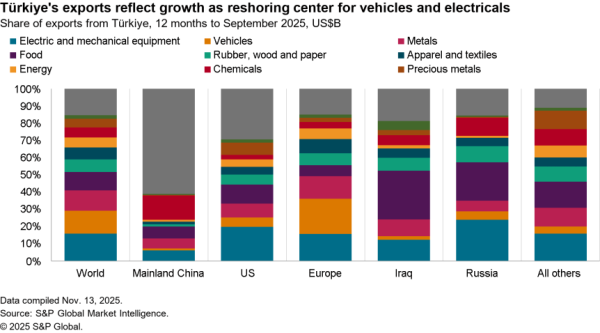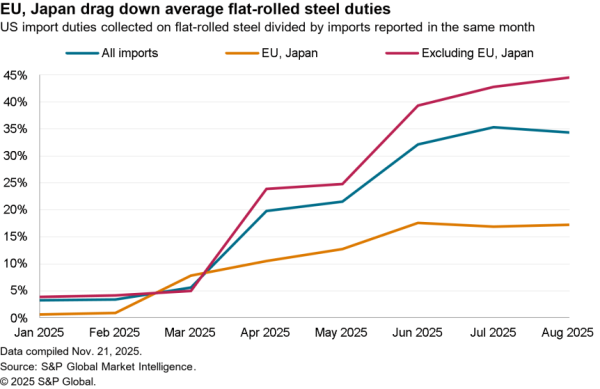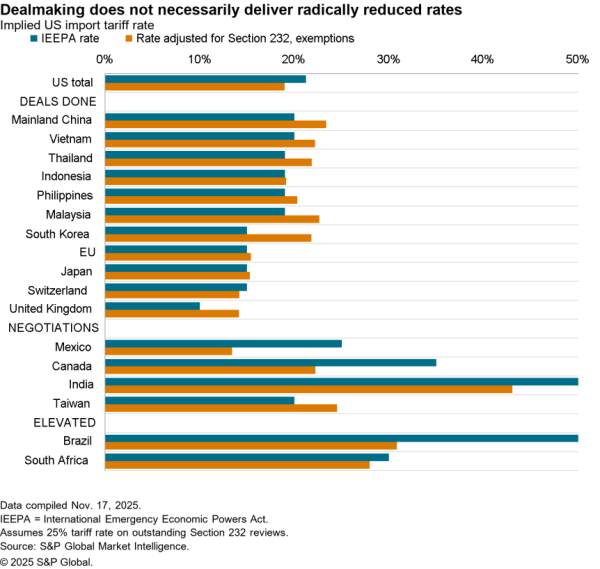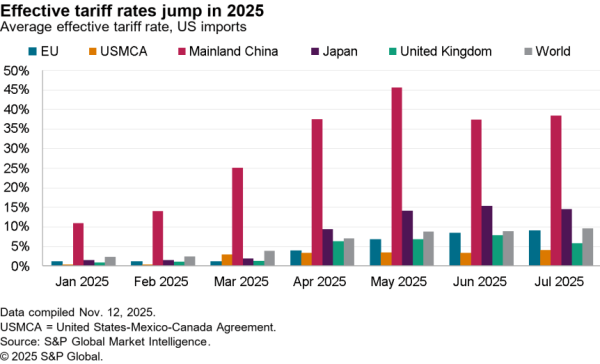The members of THE Alliance – Hapag-Lloyd, Yang Ming and the soon to be launched Ocean Network Express – have updated their product offering after a year of operations, with 33 services vs. 22 originally. Capacity has been expanded with 250 vessels vs. 240 originally, with extra ports added to existing services and a new AGX2 product covering Asia-Middle East services. The latter follows the completion of Hapag-Lloyd’s integration with UASC as outlined in Panjiva research of November 30.
Panjiva data shows the members of THE Alliance accounted for 24.0% of U.S. inbound traffic in the 12 months to November 30. That compared to 22.7% for calendar 2016, ahead of THE Alliance’s operations starting in March 2017.

Source: Panjiva
As is the case with the other major alliances (2M and Ocean) THE is particularly strong on a handful of routes and is a significant presence on almost all major lines. That likely means it will need to compete for market share more aggressively on routes where it is not already a go-to specialist. There are not so many of these when segmenting U.S. inbound traffic by steamship line and port of lading.
On Asia-U.S. routes its carriers have four of the top five slots out of Japan and two of the top three out of Thailand as well as number one positions out of Vietnam and Hong Kong. For Europe-U.S. Hapag-Lloyd brings number two or three positions in the top seven exporting countries. Additionally Hapag-Lloyd’s prior purchase of CSAV brings leading positions on shipments within North America and from South America to U.S. (except Brazil where it is number two).
Routes where THE Alliance is under-represented at the moment – and hence potential commercial targets – include those from China, India and parts of southern Europe to the United States.

Source: Panjiva




